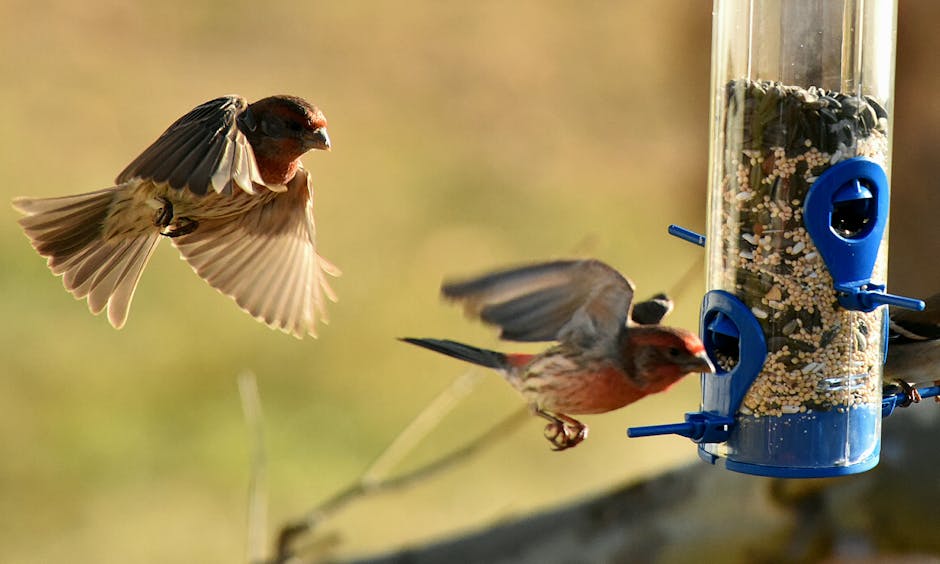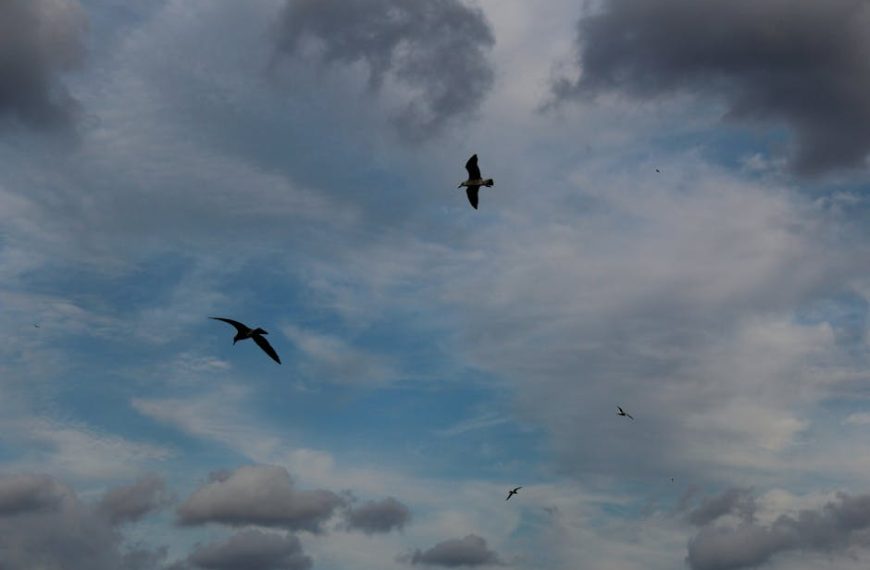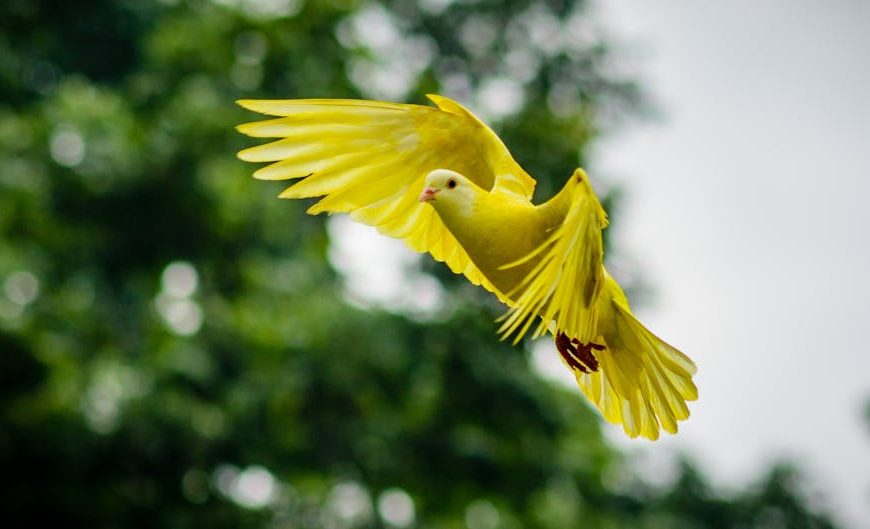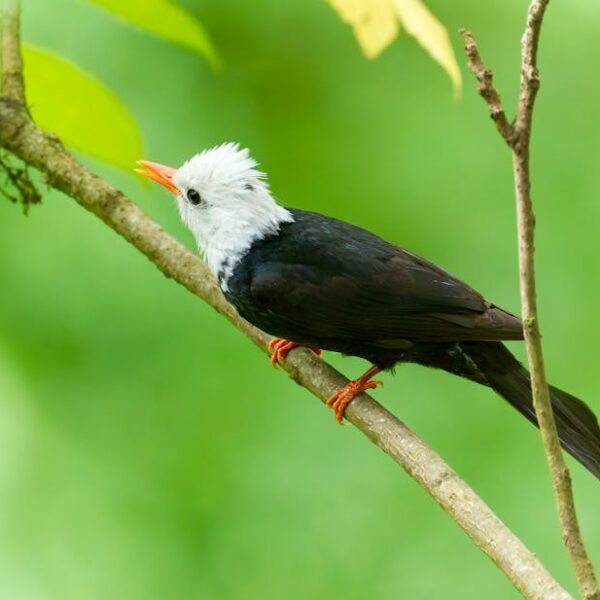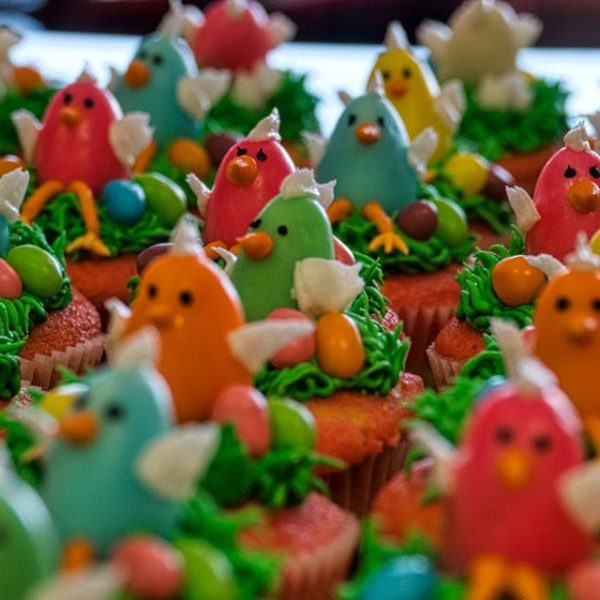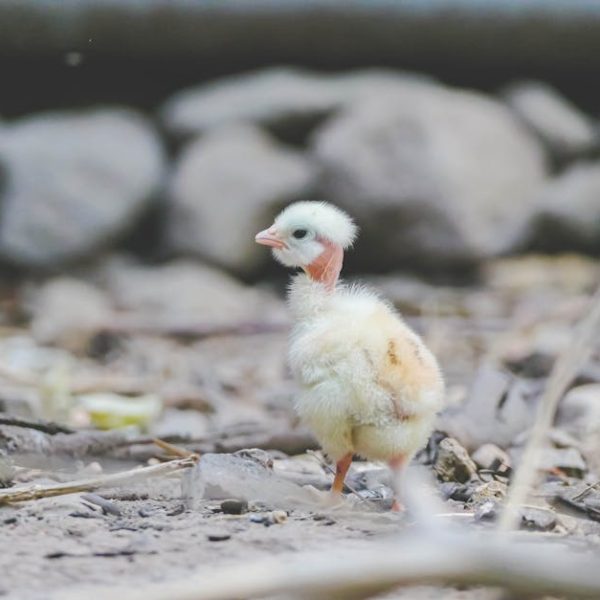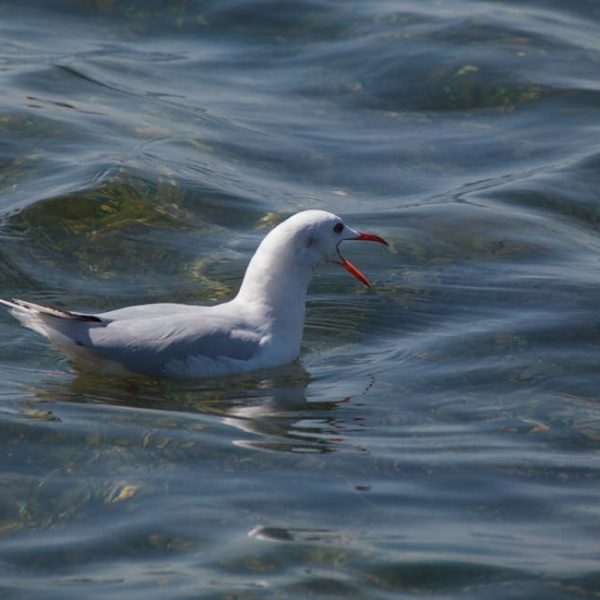A flourishing backyard, teeming with beautiful birds, is not just a treat to the eyes, but a testament to a healthy ecosystem in action. Turning your backyard into a colorful aviary is simpler than you may think, involving only a few key strategies: food, water, shelter, and engagement. Each of these categories plays a significant part in attracting birds and, when employed correctly, can conveniently transform your backyard into a bird sanctuary.
The Essential Element: Food
Food is the primary attraction for birds. Providing a variety of food sources will attract a diverse range of avian species. Birds have a broad diet, and different species prefer different types of food. For instance, some birds may prefer grains, while others favor fruits, and yet others are attracted to insects.
- Seeds: Sunflower and sesame seeds are irresistible to many species like finches, sparrows, and jays.
- Nuts: Almonds, peanuts, and walnuts are greatly loved by a variety of species – woodpeckers, nuthatches, and titmice, among others.
- Fruits: Robins, thrushes, and waxwings are known to enjoy berries.
- Nectar: Hummingbirds, in particular, are very partial to sweet, sugary nectar.
A pro-tip to remember is that diversity is key; offering a range of foods can attract a greater variety of bird species. However, avoid feeding them bread, as it holds little nutritional value for the birds and could harm their health.
Providing Water Sources
Next to food, water is another essential lure for birds. A clean and accessible water source can attract a variety of both resident and migratory bird species. Bird baths, fountains, and small ponds can serve a dual purpose – attracting birds and enhancing the aesthetic appeal of your yard.
Birdbaths of different depths can attract different types of birds; smaller birds prefer shallower depths, while larger birds enjoy deeper water. Remember to change the water often to ensure cleanliness and prevent mosquitoes. You can also consider water fountains that keep the water continuously flowing, which not only means cleaner water but also gets the attention of birds due to the motion.
Making Your Yard Bird-Friendly
Creating a bird-friendly environment involves more than just providing food and water – it’s about ensuring that your backyard is safe and inviting for our feathered friends. Native plants, non-toxic gardening practices, and appropriate shelters all contribute to a bird-friendly yard.
Creating natural habitats, such as thickets and hedge rows, will provide shelter, nesting spaces, and even food in the form of berries, seeds, and insects. Birdhouses are also an effective way to encourage breeding. However, where you place these birdhouses, the type of birdhouse, and its size, will depend on the species you wish to attract.
Don’t forget to maintain a safe distance between feeders, birdhouses and windows to prevent collisions – unfortunately, window strikes are a common cause of bird injuries and fatalities. Also, it’s best to keep pets indoors during feeding times to avoid any potential threat.
As we observe, appreciating our feathered friends is about more than just watching them – it involves understanding and catering to their needs. As you venture further in your bird-friendly backyard journey, remember to be patient and regular in your practices – after all, nature has its own rhythm.
Bird Watching: Patience and Regularity
When it comes to bird watching, patience is truly a virtue. You may not see a flutter of wings as soon as you put up feeders or birdbaths but don’t be disheartened. It takes time for birds to discover your yard and feel safe enough to consider it a regular stop.
Key to this is the regular supply of food and water. Birds are more likely to frequent your yard when they find that food and water are consistently available, signaling a reliable source of sustenance. You will observe more bird traffic during their feeding times, usually early in the morning and in the late afternoon.
Not all bird watching needs to be from far away! Several tools can enhance your birdwatching experience and better appreciation of these beautiful creatures.
- Binoculars: These are the classic tool of all birdwatchers and provide a close and clear view of birds without disturbing them.
- Spotting Scopes: These will allow you to see birds from far distances, and are excellent if you live near a field or lake where birds tend to gather.
- Camera with a Good Zoom: A camera allows you to capture the beauty of these creatures and share it with others. Several affordable cameras on the market offer high zoom and image stabilization features that are ideal for bird photography.
- Bird Guides and Apps: These can help you identify the birds visiting your backyard. Several apps also provide bird calls to help further with identification or even attract certain bird species.
Maintaining the Attraction
Once you’ve started attracting birds to your backyard, you’ll want to keep them coming back. Here are some tips to ensure your backyard remains attractive to birds:
- Keep things clean: Clean your bird feeders, birdhouses, and birdbaths regularly. Not only can dirt and droppings deter birds, but they can also harbor disease.
- Provide a variety of foods: Upkeep a variety of food sources to cater to different bird species. This can be accomplished by having different types of feeders: seed feeders, suet feeders, and nectar feeders.
- Seasonal feeding: Adjust the type of food provided according to the time of year and the migratory patterns of birds. For example, provide high-fat foods like suet during the winter to help birds insulate and protein-rich foods like mealworms during the summer breeding season.
- Refill food and water supplies promptly: Birds are more likely to return if they find that they can rely on your backyard as a regular food and water source.
- Consider a Water Mister: Some birds enjoy taking baths as much as they enjoy drinking. A water mister not only attracts birds but also helps keep them cool and clean during summer.
With these tips and techniques in mind, remember to enjoy the process. Bird watching and maintaining a bird-friendly backyard is a peaceful and rewarding hobby. Watch the seasons change from the comfort of your own home, with an ever-changing array of colorful birds bringing life and movement to your backyard. Take pride in knowing you’re helping to conserve bird species and contributing to the health of the ecosystem.
Key Takeaway:
- Food is a key element in attracting diverse bird species; offering a variety of foods like seeds, nuts, fruits, and nectar can draw different species.
- Water availability is yet another crucial aspect in the equation. Birdbaths and fountains would serve as aesthetically pleasing water sources in your backyard.
- The overall environment of your yard, the choice of plants, and adequate shelters significantly impact bird attraction.
- Regular food and water supply and patience in watching birds will eventually yield results.
- Maintaining cleanliness, understanding seasonal feeding requirements, and ensuring a timely replenishment of food and water sources would keep your backyard attractive for birds.
Your backyard bird sanctuary is more about providing a hospitable environment for diverse bird life than solely feeding them. You’ll be helping conserve wildlife and contributing to the broader ecosystem in the process. By implementing these strategies, you could soon enjoy an array of beautiful birds fluttering in your backyard.
FAQs
Q: How can I prevent birds from crashing into my windows?
A: To promote a safer environment for birds, keep bird feeders and birdbaths at a safe distance from windows. If this isn’t possible, consider using window decals or translucent films to alert the birds of the glass.
Q: How often should I clean my birdbath and bird feeders?
A: It’s recommended you clean your bird feeders and baths at least once a week. This prevents the spread of disease and deters insects and pests.
Q: Do all bird species prefer the same type of birdhouse?
A: Different bird species prefer varying kinds of birdhouses. It’s essential to research the species you’re trying to attract to know what types of birdhouses they prefer.
Q: Should I still feed birds during the winter?
A: Absolutely. During the winter, naturally available food can become scarce, and birds will appreciate the additional food supply. Foods rich in fat, like suet, are particularly beneficial during the winter months.
Q: How can I identify the species visiting my backyard?
A: Invest in a good bird guide or use bird identification apps for this purpose. These tools can help you recognize bird species by their appearances, behaviors, and calls.
We hope you found this information useful. Feel free to share this article with other birdwatching enthusiasts and explore other posts on our website.
